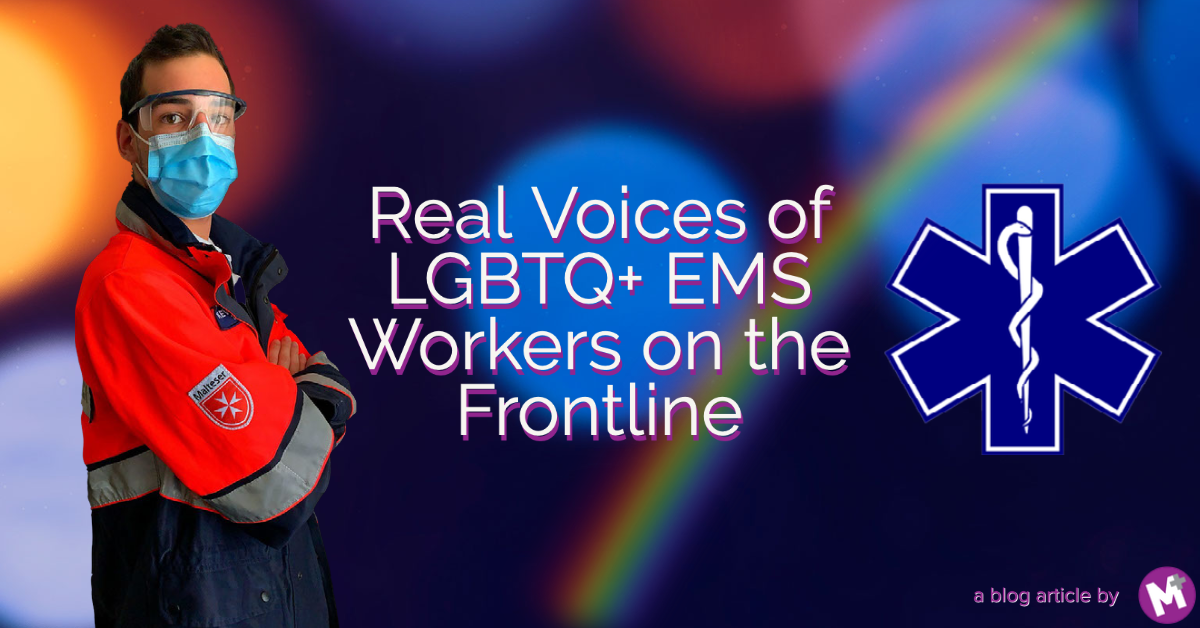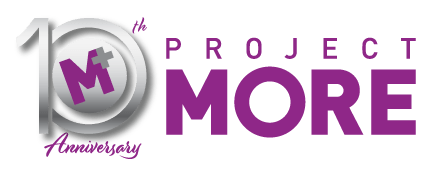
Did you know that in an average year, the San Mateo County Emergency Medical Services (EMS) system responds to more than 55,000 medical requests for service? Everyone knows to call 9-1-1 when there’s a medical emergency, and soon help will be on the way. EMS workers are essential to the wellbeing of the greater community whether or not there is a pandemic.
Over the course of the past year, the onset of COVID-19 made them even more crucial to the panicking public. While hospitals were flooded with patients, nurses, doctors, and other critical hospital staff jumped into action and were met with overwhelming appreciation across the nation. Through it all, EMS workers were there, sharing the burden, putting themselves in harm’s way, and working grueling hours to ensure public health. Because EMS workers provide pre-hospital care in a more independent fashion, their work often goes under the radar when it comes to considering medical professionals who deserve the public’s appreciation.
During EMS Week, Project MORE took time to hear from some local EMS workers to gain some perspective on their roles in fighting the pandemic and to understand the challenges they face day in and day out.
[emaillocker id=4438]
Navigating Pandemic Challenges
Kevin, a Clinical Manager for American Medical Response in San Mateo County has been in the EMS field for 26 years. He was inspired to take up his profession by his father, a retired South San Francisco Fire Captain who served for thirty years in EMS. Kevin is currently responsible for the clinical/ training oversight of over 200 EMTs and paramedics, quality improvement, community outreach, and more!
EMS work is extremely demanding and requires long hours with little down time. What makes getting out of bed in the morning and going to work possible for Kevin is his passion and drive to create positive change for his community.
EMS workers from Alameda County, Garrett and Arcya, echoed Kevin’s sentiment. Both Garrett and Arcya mentioned how they are driven by their desire to help others, but some aspects of the job, like finding time or space to use the restroom can certainly prove challenging. Arcya mentioned that closures due to the COVID-19 pandemic made finding a public restroom other than that of a hospital was near impossible, but of course, there were also greater concerns for EMS workers during that time.
Garrett, who has worked as an EMT for seven years and currently works in Oakland, noted that early on in the pandemic, one of the biggest challenges was stressing over what public health officials didn’t yet know. As an EMS worker, Garrett said that early on there was an overwhelming sense of fear as people speculated how the virus was transmitted.
Chad, an EMS Systems Operations Manager for San Mateo County Emergency Medical Services Agency, captured the fear best. According to Chad, “So many went into unknown situations and environments knowing that COVID-19 was likely present because it’s what they were trained to do, called upon to do, and expected to do. The battlefield with COVID-19 couldn’t be clearly seen because it was everywhere. One could not, with any certainty, know where it wasn’t, so they had to react as if it were everywhere.”
While EMTs and paramedics fought on the front lines, people behind the scenes were planning, developing, and implementing plans of action to care for and protect their communities from COVID-19. Emergency Operations Centers sent out PPE to protect both staff and patients. They sent out cleaning supplies to keep equipment, ambulances, and stations clean, all while handling the other aspects of their jobs that are routinely required.
Making Time for Self Care
To deal with some of the stress that the pandemic brought on, EMS workers had to find outlets and means to practice self-care. Arcya, who cohabitates with a dog, said she went on plenty of walks and runs. Chad, who travels from Nevada to California to work, said that he soaked up as much family time as possible. He, his husband, and his daughter took time to watch movies, go for walks in the park, and decompress over family dinner conversations.
Garrett, who enjoys swimming and lifting, noted that the pandemic stripped him of his typical self-care activities, but he was able to find solace in developing new ones. During the pandemic, he got a dog and as a result, was able to go on outings to the dog park. He noted that even the things that were good for his mental and physical health, like going for walks or taking the dog to the park, were scary due to potential interactions with other people. Taking up paddle boarding was the one thing that he discovered made him feel securely distanced and relaxed while working on his physical and mental health.
Identity in the Workplace
Kevin, Chad, Arcya, and Garrett all identify as LGBTQ+ in a field that can be very stressful. They deal with community members of all beliefs and persuasions in times of crisis, so we wanted to know if their identity was a barrier or problematic in the role. Overwhelmingly, the responses were positive. Arcya, a trans woman, said that when she first interviewed as an EMT with Falck for Alameda County, her ID still had her male name as her legal name. She explained why that was and without a second thought, was addressed in the proper fashion. When she stepped into the academy, one of the instructors looked at her, then at her name, and said, “Oh we got your wrong name here. Let me go fix that.” According to Arcya, “Falck does an amazing job. They even have training for sexual harassment, which also includes some gender identity issues.”
Chad, a queer man who has worked in the industry for twenty-four years, said that when he started out, things were tough, but now he feels as though there is a strong community presence and network of allies in the workplace that makes him feel personally supported. The advancement of LGBTQ+ rights and his own comfort in his identity helped to quell his fears of acceptance over time.
In general, EMS workers remarked that the Bay Area, where they operate, is overwhelmingly accepting and provides a tight-knit community. Arcya described it as a “special bubble” where there isn’t a lot of hate. While there have certainly been instances of transphobia and homophobia, there are now legal protections and a growing sense of inclusion in the EMS workplace. If anything, Garrett notes that he hopes members of the LGBTQ+ community dive deeper into their understanding of all aspects of the LGBTQ+ community to more effectively uplift one another.
Showing Appreciation
People call 9-1-1 when there’s an emergency, so patients are rarely at their best when help arrives. Dedicated fire and EMS first responders are there to humbly serve the public, but how should people best show their appreciation for all the hard work they do? Kevin vocalized that giving EMS workers a pat on the back and thanking them for their hard work every day would be sufficient.
Arcya said that she feels that in her day-to-day, the people she serves appreciate her for the work she does. While Garrett agreed that a “thank you” would be welcomed, he also articulated that supporting EMS when they ask for it would be a helpful way to give back to those who are there when emergencies arise. Because much of EMS work is public service, voting to fund and support them would show appreciation in a way that mutually helps the larger community and EMS workers individually.
If this past year taught us anything, it’s that those who work in Emergency Medical Services are integral to serving the community, especially in times of crisis. It’s important that we celebrate them for all their hard work, so the next time you encounter someone who works in EMS, whether they’re a paramedic, EMT, or work in the Emergency Operations Center, say thank you. More importantly, remember to support the public service folks who work so hard to support those facing emergencies when workplace issues come up on the ballot. Let them know that without them, we’d be lost.
[/emaillocker]

